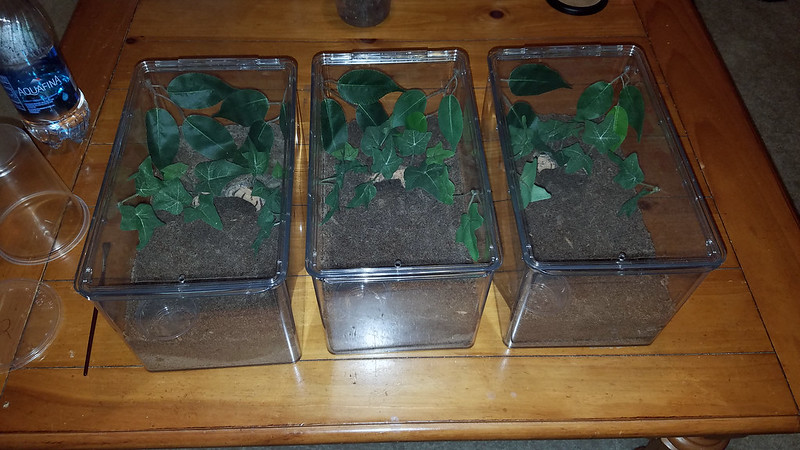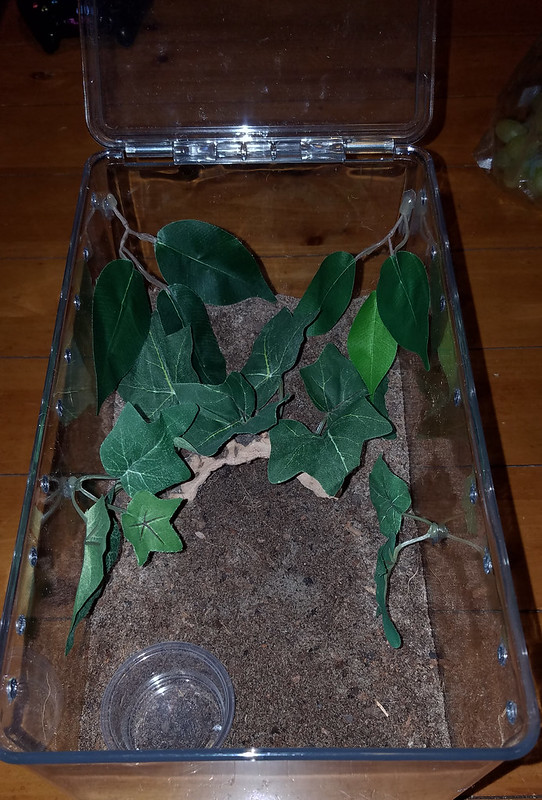Blue25
Arachnopeon
- Joined
- Aug 1, 2017
- Messages
- 2
The humidity is measured toward the top of the tank. The sub is put in moist to dry and its slowly drying out completely. I don't soak or mist the tank at all, I know this species likes it on the dry side. that's just the ambient humidity within the tank within the area I have it.I'm still stuck with the humidity and tems the OP mentioned. 65F temps - I find that a bit low for permanent temperature. As a nighttime low it's perfectly fine, but I wouldn't keep most tarantulas at that temp long term. Then humidity - 60-75%. What do you do to reach that humidity and how and where do you measure? Depending on these question there may be too much moisture in that cage. I have an ambient humidity of 60-80% around here, so I keep my B. albopilosum on dry sub, but if you need to moisten the sub substantially to reach that humidity or soak the enclosure that may be too much. Humidity directly over a moist substrate is a lot higher than 5" up, so if you measure higher up humidity can be as high as 95% from evaporation where your tarantula sits on the moist sub. Humidity also gets trapped under a hide when the sub is moist.
Because of all of those whens and ifs humidity numbers are completely meaningless, as others have stated before. You can keep your B. albopilosum on dry or partly moist substrate, but don't soak it just to reach some artificial and incorrect humidity numbers.
I don't think you have thought this through. In the wild they don't encounter slippery glass walls. In the wild they live deep in burrows to hide from predators and only climb under dire circumstances. In the wild they climb and fall and die and that's it. There are really too many storys of tarantulas that fell and ruptured their abdomen around.
Also from everything that I have seen those temps are fine and that using any other heating method such as a lamp or pad is worse for your spider then having it at a cooler temp. The only thing that I have seen people mention on here from having their spider at lower temps is that the metabolism slows and the spider may act a little sluggish, correct me if I'm wrong.


